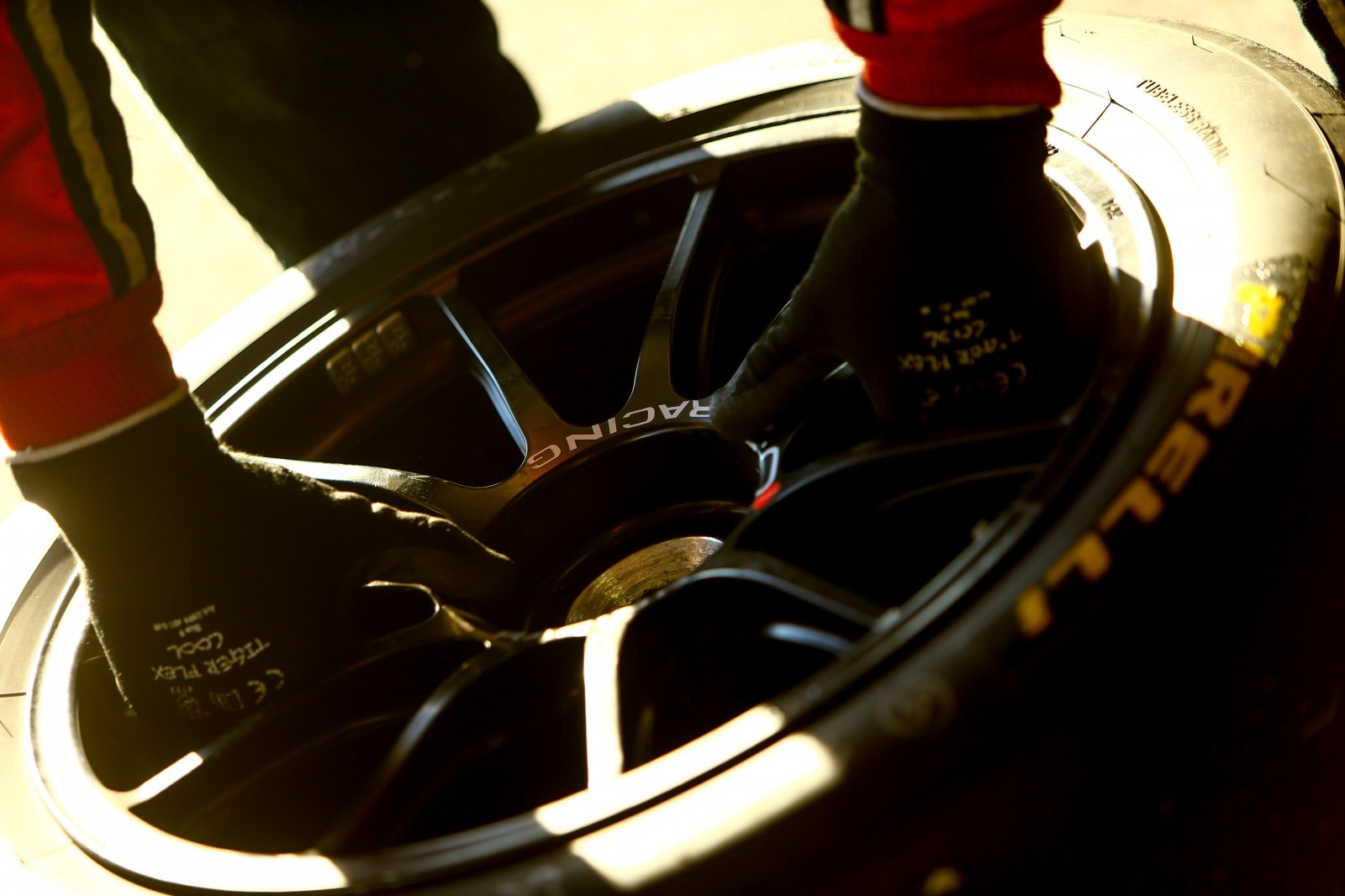Pirelli faces its biggest and most logistically impressive engagement in motorsport this weekend: the world-renowned Total 24 Hours of Spa, which is the highlight of the Blancpain GT Series.
In total, 9000 Pirelli tyres will be made available, transported by 21 trucks, and involving 90 Pirelli personnel on the ground – plus many more behind the scenes. As well as key motorsport staff from Italy, expertise from countries as far afield as the United States, Brazil, Argentina and Australia has been flown in: all territories where Pirelli has a key presence in major GT or stock car championships.
These people will work non-stop throughout the weekend, with Pirelli being exclusive supplier to the hugely popular Blancpain GT Series. More than 60,000 people are expected to watch the round-the-clock race this weekend, which was first held in 1924.
As always though, the biggest challenge is presented by the epic 7.004-kilometre Spa circuit itself, thanks to rapid corners and fast compressions such as Eau Rouge. One of the key characteristics of Spa is variable weather, which means that the wet weather tyres are also likely to be used over the course of the weekend.
Pirelli will supply the P Zero DHC tyre for dry conditions and Cinturato WH for wet conditions. These tyres have to work equally well throughout the huge variety of weather conditions that are typical of Spa, and on a wide range of different vehicle architectures that include both front and rear mounted engines, with different drivetrain layouts.
More than ten different brands are represented on the Blancpain GT Series, ranging in size from the Bentley Continental GT3 to the BMW Z4, presenting a radically diverse set of vehicle dynamics. In spite of this, there is just one single P Zero compound for dry conditions, and one for wet conditions.
Although it is a race circuit, Spa offers several types of conditions that are seen on normal roads: a variety of asphalt, big changes in elevation and plenty of time spent at full throttle. Spa has a famous microclimate: it’s perfectly possible for it to be raining on one part of the circuit, but completely dry on another part – making it the ultimate test track for tyres.
Coping with these changing conditions is an important part of the tyre strategy, in order to minimise the effects of getting caught out. In general, the cars use one set of tyres per stint (which depending on the car is around 23 laps, or just over an hour). However, in the past, some crews, prioritising endurance over pure speed, have double-stinted the tyres. The time gained in the pits by doing this has to be offset against the time lost through degradation: all
